Kabocha squash, It has a sweet, nutty flavor and a velvety texture. It’s widely used in Asian cuisine, especially in Japanese, Chinese, and Korean dishes.
This article explores easy Chinese squash recipes kabocha vegan with a Chinese twist. These recipes are perfect for weeknight dinners and meal prep.
A vibrant, close-up image of a winter squash, showcasing its rich green and orange skin, surrounded by fresh herbs and spices typical in Chinese cuisine, with a light, natural background emphasizing the freshness and simplicity of vegan cooking.
Easy Chinese Squash Recipes Kabocha Vegan
Course: DinnerDifficulty: Easy4
servings15
minutes30
minutes150
kcalIngredients
1 medium kabocha squash, peeled and cubed
2 tablespoons olive oil
2 cloves garlic, minced
1 inch ginger, grated
1 bell pepper, sliced
1 cup broccoli florets
2 tablespoons soy sauce (or tamari for gluten-free)
1 tablespoon sesame oil
1 tablespoon rice vinegar
1 teaspoon chili flakes (optional)
Sesame seeds for garnish
Fresh cilantro for garnish
Directions
- Preheat the Oven: Preheat your oven to 400°F (200°C).
- Prepare the Squash: Toss the cubed kabocha squash with olive oil, salt, and pepper. Spread it on a baking sheet and roast for about 20 minutes, or until tender.
- Sauté the Vegetables: In a large skillet, heat a tablespoon of sesame oil over medium heat. Add the minced garlic and grated ginger, sautéing until fragrant (about 1 minute).
- Add Other Vegetables: Add the sliced bell pepper and broccoli florets to the skillet. Stir-fry for about 5-7 minutes until they are tender but still crisp.
- Combine: Once the kabocha is roasted, add it to the skillet with the vegetables. Pour in the soy sauce, rice vinegar, and chili flakes. Stir well to combine and heat through for another 2-3 minutes.
- Serve: Garnish with sesame seeds and fresh cilantro before serving.
Notes
- Storage: This dish can be stored in an airtight container in the refrigerator for up to 3 days.
Variations: Feel free to add other vegetables like snap peas or carrots based on your preference.
Serving Suggestions: Serve over rice or quinoa for a complete meal.
Table of Contents
Understanding Kabocha: The Japanese Pumpkin’s Origins and Benefits
Buttercup squash, also known as the “Japanese pumpkin,” is a versatile and nutritious addition to any asian kabocha squash cuisine. It comes from Japan and has a dark green skin. Its flesh is like butternut or acorn squash but sweeter, earning it the nickname “chestnut squash” in Chinese cuisine.
Nutritional Value and Health Benefits
Calabaza is packed with nutrients. It’s low in calories and carbs compared to other winter squash. It’s rich in beta-carotene, vitamin C, fiber, and antioxidants.
These nutrients may help prevent certain cancers and slow age-related macular degeneration. They can also reduce skin blemishes and signs of aging.
Selecting and Storing Perfect Kabocha
When picking the perfect chinese green pumpkin meals, look for a firm squash. It should have a deep green rind and feel heavy for its size. Kabocha can be stored for 2-4 months in a cool, dry place.
Cut portions should be used promptly or refrigerated for 1-2 days. Cooked kabocha can be frozen for up to a year. This makes it a versatile and healthy kabocha squash recipes ingredient.
Why Choose Kabocha Over Other Squash Varieties
Kabocha stands out for its unique flavor and nutritional benefits. It contains few calories, is high in fiber, and is a great source of beta-carotene. This makes it an ideal selection for those who prioritize healthy cooking.
It’s perfect for adding more chinese kabocha squash meals and asian nutty squash cuisine to your diet.
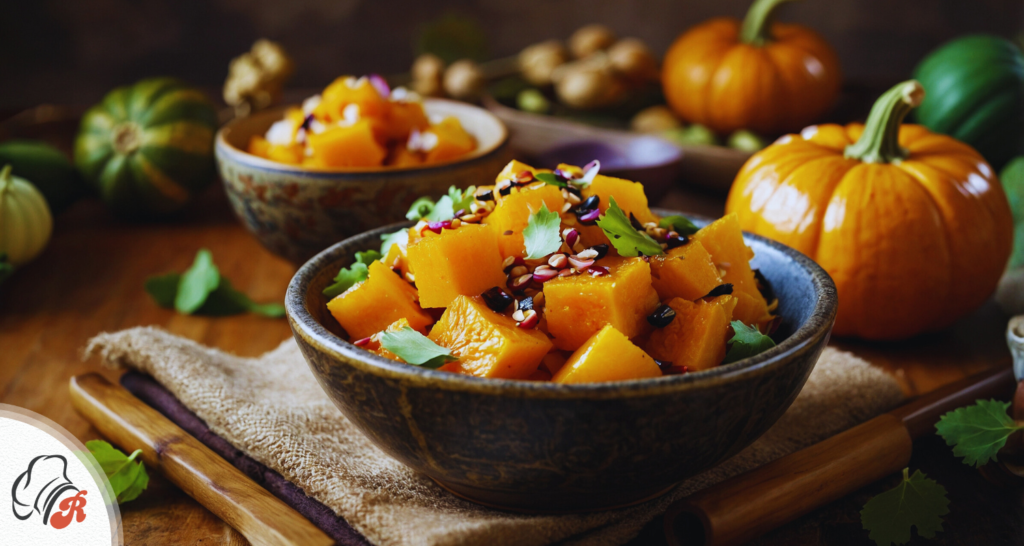
A vibrant and colorful display of sweet potato squash, showcasing its unique green skin and bright orange flesh, placed on a rustic wooden table surrounded by autumn leaves and spices, with soft natural lighting highlighting its texture and curves.
Essential Ingredients and Tools for Kabocha Preparation
Cooking delicious Chinese-inspired chinese pumpkin dishes is easy with the right ingredients and tools. Soy sauce, rice vinegar, sesame oil, ginger, garlic, and scallions are key. They add depth and complexity to your dishes. Kabocha dinner recipes and kabocha lunch ideas often use these seasonings.
The right kitchen tools are also important. A sharp knife is essential for cutting through the squash’s thick skin and firm flesh. A sturdy baking sheet is needed for roasting kabocha to perfection. A wok or large saucepan is best for braising the squash in Chinese-style sauces.
Don’t forget versatile ingredients like tahini, lemon juice, and maple syrup. They can make kabocha creamy, tangy, or subtly sweet.
A rustic kitchen countertop featuring essential kabocha cooking tools: a sharp chef’s knife, a sturdy cutting board, a steamer basket, a vibrant green kabocha squash, a measuring cup, and a wooden spoon. The background showcases warm natural light with subtle kitchen elements like spices and herbs for an inviting atmosphere.
With these tools and ingredients, you can explore endless simple kabocha cooking ideas, kabocha dinner recipes, and kabocha lunch ideas. Kabocha can be roasted, glazed, or braised in Chinese-style sauces. It’s a versatile and nourishing addition to any meal.
Basic Techniques for Cutting and Preparing Kabocha Squash
Preparing silken squash is easy with the right techniques. You can make tasty kabocha side dish recipes, delicious chinese squash recipes, or healthy kabocha vegan rice dishes. Learning how to cut and handle this Japanese pumpkin is essential.
Safe Cutting Methods
Fluffy squash is hard to slice. So, it’s crucial to use safe cutting techniques. Start by baking the whole squash for 10 minutes or microwaving it for 2-4 minutes. This softens the skin, making it easier to cut in half and remove the seeds.
Once the squash is halved, you can slice it into wedges or chunks. This is what you need for your recipe.
Pre-cooking Tips for Easier Handling
Pre-cooking the squash can make prep easier. Baking the whole squash for 15 minutes at 400°F (200°C) softens the flesh and skin. This makes it simpler to handle and chop.
Steaming or boiling the squash for 5-8 minutes also works well. It achieves similar results.
Proper Cleaning and Storage
When working with kabocha squash, rinse it well and remove any brown spots. The skin is edible and nutritious, so peeling is optional. For freshness, store uncut kabocha in a cool, dry place for up to a month.
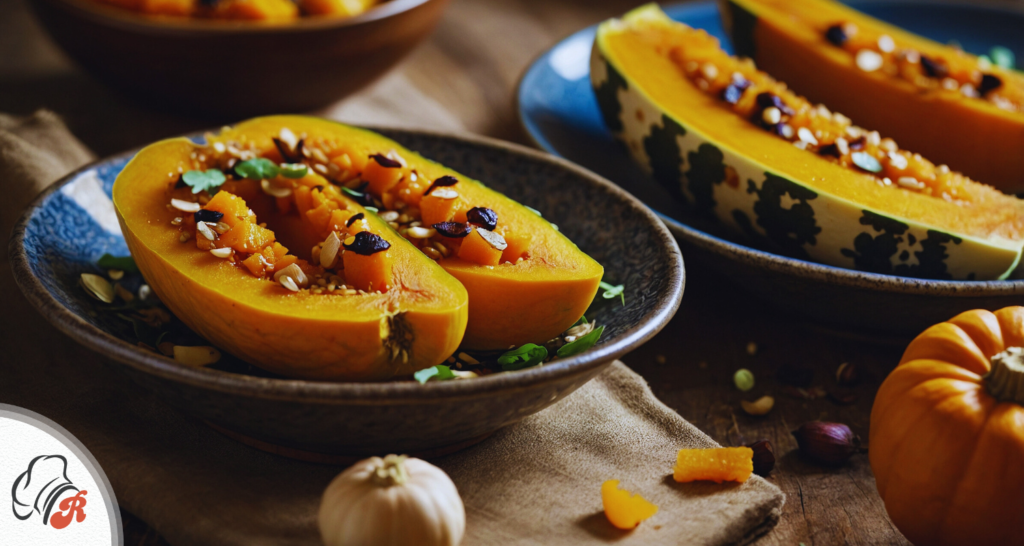
A vibrant kitchen scene featuring a halved creamy squash on a wooden cutting board, a sharp knife beside it, and various kitchen tools like a peeler and measuring cups scattered around. Fresh herbs and spices in small bowls, bright sunlight streaming in through a window, creating a warm and inviting atmosphere filled with colorful vegetables and cooking ingredients.
Mastering these basic techniques will help you make delicious kabocha side dish recipes, Easy chinese squash recipes kabocha vegan , and healthy kabocha vegan rice dishes with ease.
Easy Chinese Squash Recipes Kabocha Vegan
Discover the sweet taste of kabocha squash in these easy vegan recipes. Inspired by Chinese cuisine, they include roasted wedges with a sesame ginger glaze and braised kabocha in soy sauce. You can also add kabocha to stir-fries, soups, and salads for quick meals.
Try Roasted Kabocha with Asian-Inspired Seasonings. Preheat your oven to 425°F (220°C). Roast 900g (2 pounds) of versatile squash for 35 minutes. After roasting, the skin comes off, revealing the sweet flesh.
Then, toss the wedges with a glaze. The ingredients are:
- 2 Tbsp soy sauce
- 2 Tbsp miso
- 1 Tbsp rice vinegar
- 1 Tbsp pure maple syrup
- 2 tsp sesame oil
- 1/4 tsp garlic powder
For Braised Kabocha in Chinese Style Sauce, sauté ginger, scallions, and garlic in olive oil. Add the squash, water, brown sugar, soy sauce, mirin, rice vinegar, gochugaru, and sesame oil. Braise until tender, about 45 minutes.
These easy Chinese vegan kabocha squash recipes are tasty and healthy. Kabocha is rich in beta-carotene, vitamins A and C, and fiber. It’s a great ingredient for Chinese-inspired dishes.
“savory squash is a game-changer in the vegan cooking world – its natural sweetness and creamy texture make it an ideal substitute for dairy in many recipes.”
Roasted Kabocha with Asian-Inspired Seasonings
Try our roasted kabocha recipe with Asian-inspired seasonings. It’s easy to make and brings out the squash’s natural sweetness. The bold flavors blend beautifully.
Sesame Ginger Glaze Option
Make a savory-sweet glaze by mixing tahini, water, lemon juice, maple syrup, and garlic. This glaze gives the squash a velvety texture and a nutty aroma. It enhances the squash’s flavors.
Soy and Garlic Variation
For a different taste, mix Soy sauce, cooking wine, sesame oil, and garlic. Toss the squash in this marinade. It absorbs the umami flavors well.
Roast the squash at 400°F for 20-25 minutes. It should be tender with caramelized edges. Make sure the wedges have space for even cooking. Top with shichimi togarashi for extra flavor and heat.
There are many ways to make kabocha squash taste amazing with Asian flavors. Choose the sesame ginger glaze or the soy and garlic marinade. Either way, you’ll enjoy a kabocha-tiful treat.
Braised Kabocha in Chinese Style Sauce
Get ready to be amazed by the mix of vegan kabocha dishes in a tasty Chinese sauce. This vegetarian kabocha recipes shows how versatile the chinese roasted squash meals can be. It turns it into a dish that’s both delicious and exciting.
The sauce is the star of this dish. It’s made with soy sauce, rice wine, sesame oil, and gochugaru for a spicy touch. Start by cooking minced ginger, scallions, and garlic. This adds a deep aroma to the sauce.
Next, add the rest of the sauce ingredients. Let them mix together until the flavors blend well. Then, simmer the roasted kabocha squash in this sauce. This makes sure every bite is full of flavor.
This dish is great hot or cold. It can also be stored in the fridge for 3-4 days without spoiling. It’s perfect for quick meals or meal prep.
| Ingredient | Quantity |
|---|---|
| Kabocha squash, cut into 2-inch pieces | 1 cup |
| Soy sauce | 2 tablespoons |
| Mirin | 2 tablespoons |
| Brown sugar | 1 tablespoon |
| Instant dashi powder | 1 teaspoon |
| Water | 1 cup |
| Minced ginger | 1 tablespoon |
| Sliced scallions | 2 tablespoons |
| Minced garlic | 1 teaspoon |
| Gochugaru (Korean red chili powder) | 1/2 teaspoon |
Enjoy the rich flavors of this vegan kabocha dishes. The chinese baked squash meals sweetness is balanced by the savory sauce. Every bite is a journey to Asian flavors.
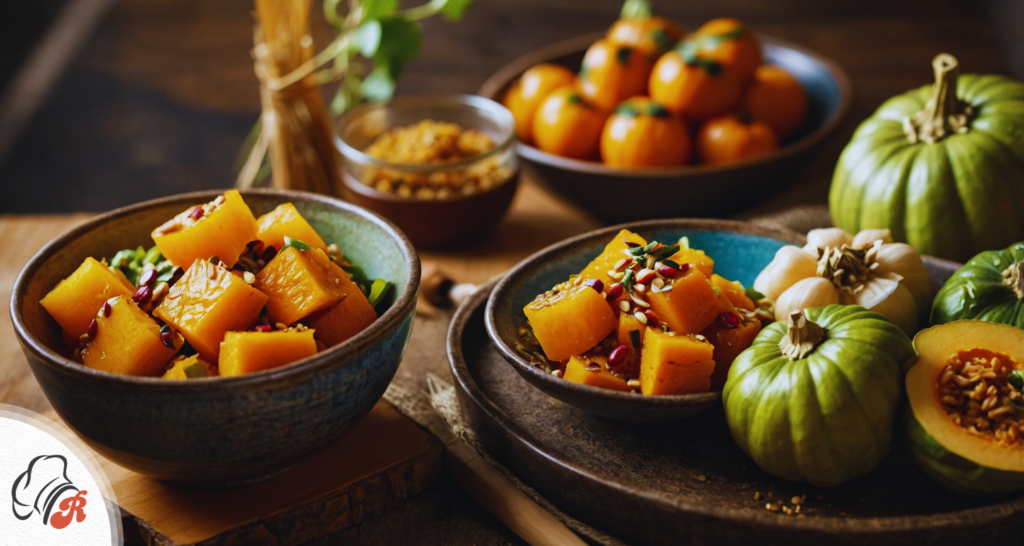
Creative Kabocha Side Dishes and Main Course Ideas
Kabocha squash is versatile and packed with nutrients. It fits well in many Asian-inspired dishes. You can use it in rice bowls, noodle dishes, and stir-fries. This healthy squash makes your vegan meals exciting and easy to make.
Rice Bowl Combinations
Begin with a rice bowl featuring mashed squash. Roast the squash cubes and mix them with tofu, veggies, and a tasty sauce. The squash’s sweetness pairs well with tamari, ginger, and garlic.
Noodle Dish Incorporations
Add roasted kabocha squash to your noodle dishes. It’s great in stir-fried udon or ramen. Kabocha adds texture and flavor, making your vegan dishes more satisfying.
Stir-fry Applications
For a colorful stir-fry, chop pureed squash and cook it with veggies and tempeh or seitan. Kabocha’s firm texture contrasts nicely with soft greens and crunchy veggies.
These ideas show how easy it is to use stewed squash in Asian-inspired cuisine. It makes your vegan meals delicious and fulfilling all year round.
Tips for Perfect Vegan Kabocha Dishes Every Time
Learning to make delicious vegan kabocha dishes is simpler than you might think. A few easy tips can make your kabocha dinner, lunch, and side dishes taste amazing. Here are some secrets to keep in mind:
- Don’t skimp on the oil when roasting. A good amount of oil keeps the kabocha moist during cooking.
- Pre-cook whole kabocha briefly before cutting. This makes the squash easier to slice and dice.
- Save and roast the seeds. Kabocha seeds add a crunchy, nutritious topping to your dishes.
- Experiment with seasonings and cooking methods. Try savory glazes or comforting braises to highlight kabocha’s sweetness.
- Prep components ahead of time. Chopped kabocha and pre-made sauces make quick meals on busy nights.
With these tips, you’ll be on your way to making kabocha dinner recipes, kabocha lunch ideas, and kabocha side dish recipes that are perfect.
“Kabocha squash is a versatile and nutritious ingredient that deserves a prominent place in every vegan cook’s repertoire.”
Conclusion
The sautéed squash comes from Japan and is now loved worldwide, especially in Chinese cooking. It’s sweet, creamy, and packed with nutrients. This makes it perfect for vegan Chinese dishes.
Try roasting it with Asian spices, braising it in a Chinese sauce, or adding it to rice bowls and noodles. Kabocha’s sweetness and ability to absorb flavors make it great for plant-based Chinese food.
When you try chinese squash recipes kabocha vegan rice, fresh squash recipes, and vegan kabocha squash recipes, let kabocha’s special qualities shine. With some planning and the right methods, you can bring authentic Chinese flavors into your kitchen.
FAQ
What is kabocha squash?
Known as Japanese pumpkin, kabocha squash is classified as a winter squash. It features a deliciously sweet and nutty flavor along with a soft consistency. It’s popular in Asian dishes, especially in Japanese, Chinese, and Korean cooking.
What are the health benefits of kabocha squash?
edible gourd is packed with nutrients and has fewer carbs than butternut squash. It’s a good source of vitamins, minerals, and antioxidants.
How do I select and store kabocha squash?
Choose firm squash with a deep green rind that’s heavy for its size. Store uncut kabocha in a cool, dry place for up to a month. Cut pieces can be refrigerated for up to 4 days.
What are the essential ingredients and tools for cooking kabocha squash?
For Chinese-inspired dishes, use Soy sauce, sake, sesame oil, ginger, garlic, and scallions. You’ll need a sharp knife, a sturdy baking sheet, and a wok or large saucepan.
How do I prepare kabocha squash for cooking?
Pre-bake the whole squash for 10 minutes or microwave for 2-4 minutes to make cutting easier. Cut it in half, scoop out seeds, and slice into wedges or chunks. The skin is edible and nutritious, so you can choose to peel it or not.
What are some easy and delicious vegan kabocha squash recipes?
Try roasted wedges with sesame ginger dressing, braised kabocha in soy sauce, or stir-fried kabocha with tofu. These dishes highlight the squash’s natural sweetness and go well with rice or noodles.
How can I create flavorful sauces and seasonings for kabocha squash?
Use tahini, lemon juice, maple syrup, soy sauce, rice wine, and gochugaru (Korean red chili powder) to make tasty dressings and sauces.
What are some tips for achieving perfect vegan kabocha dishes?
Don’t skimp on oil when roasting to avoid dryness. Briefly pre-cook whole squash for easier cutting. Save and roast the seeds for a crunchy topping. Prepping ahead of time makes weeknight meals quicker.



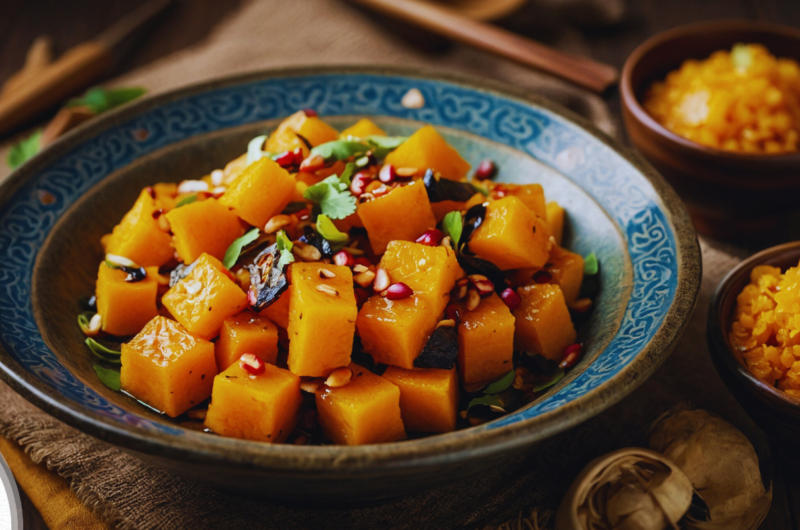
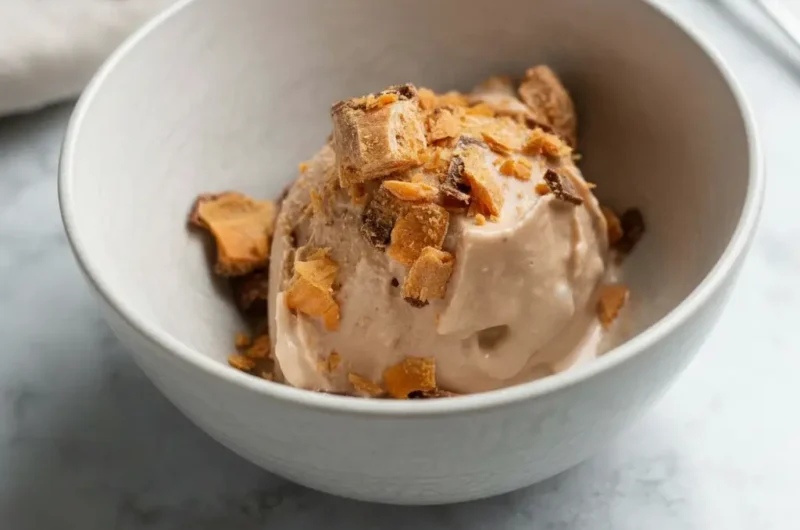
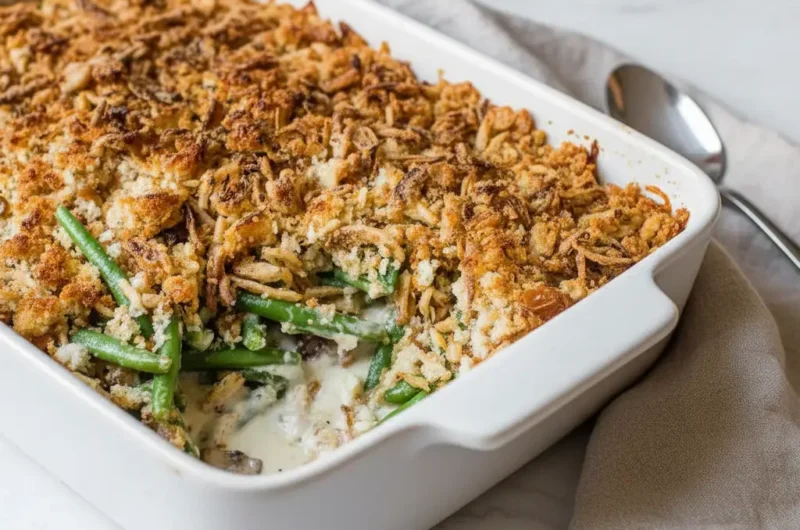
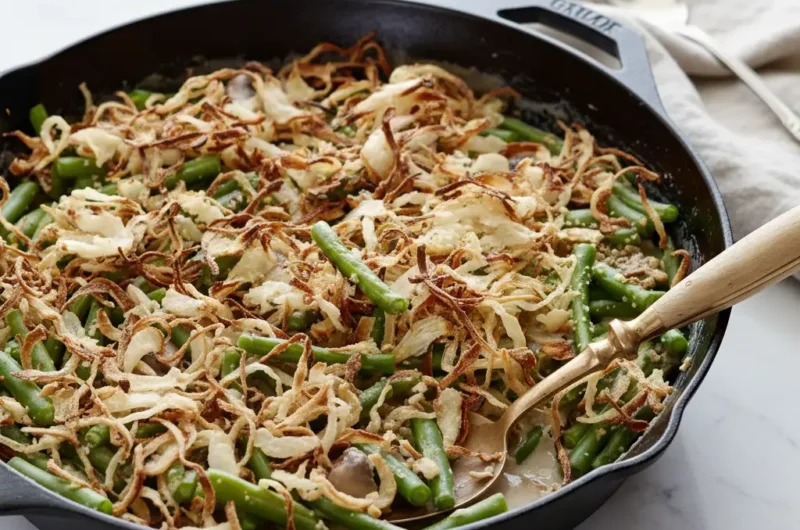

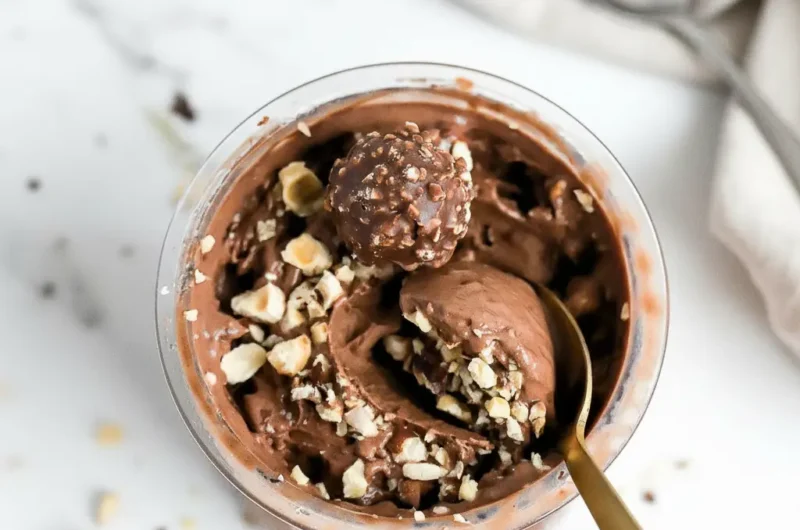
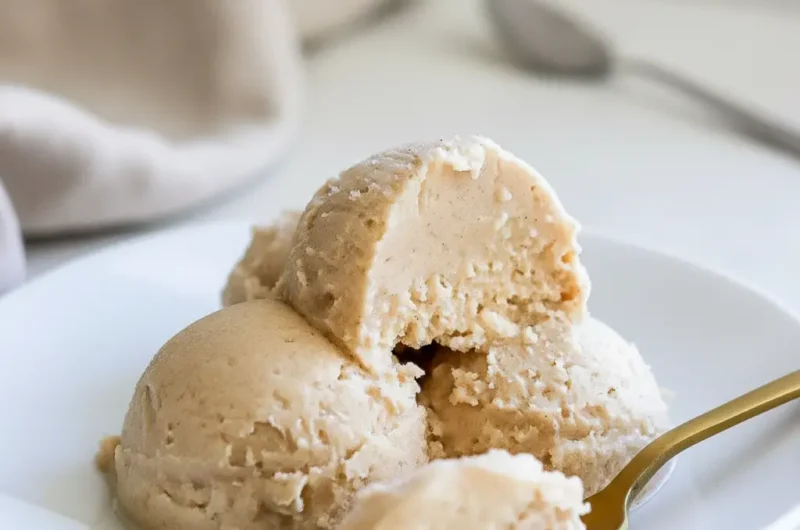

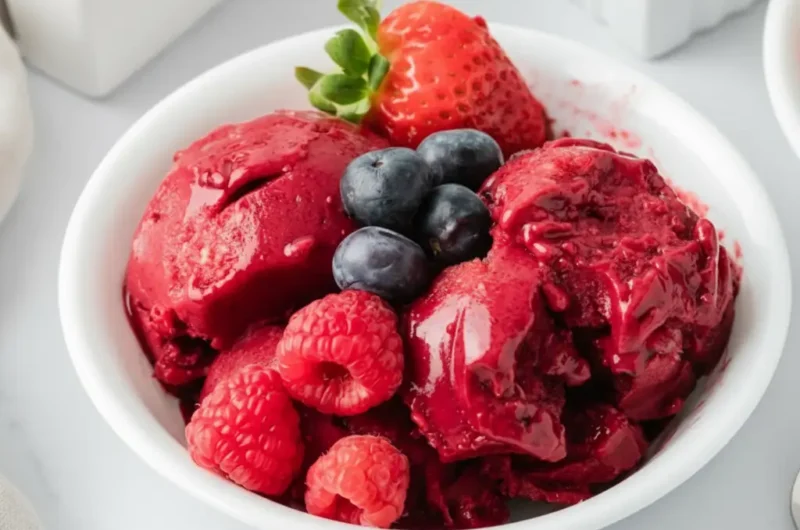
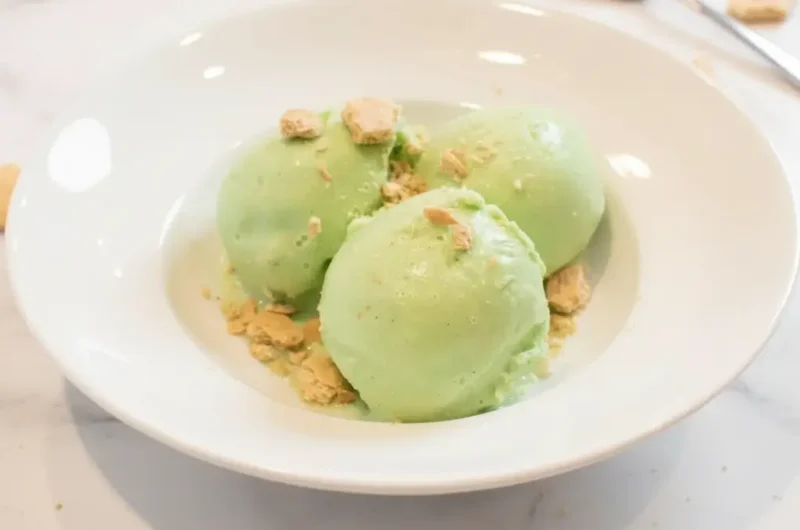

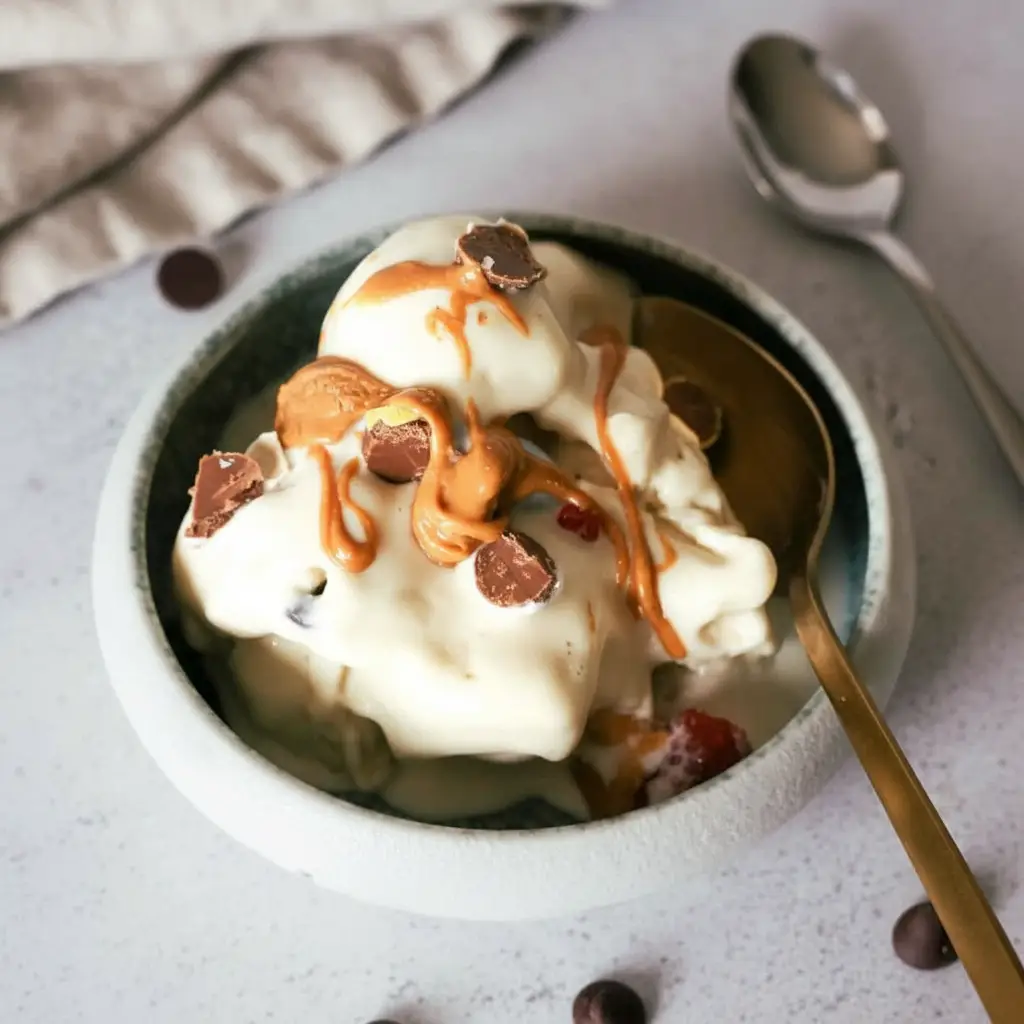
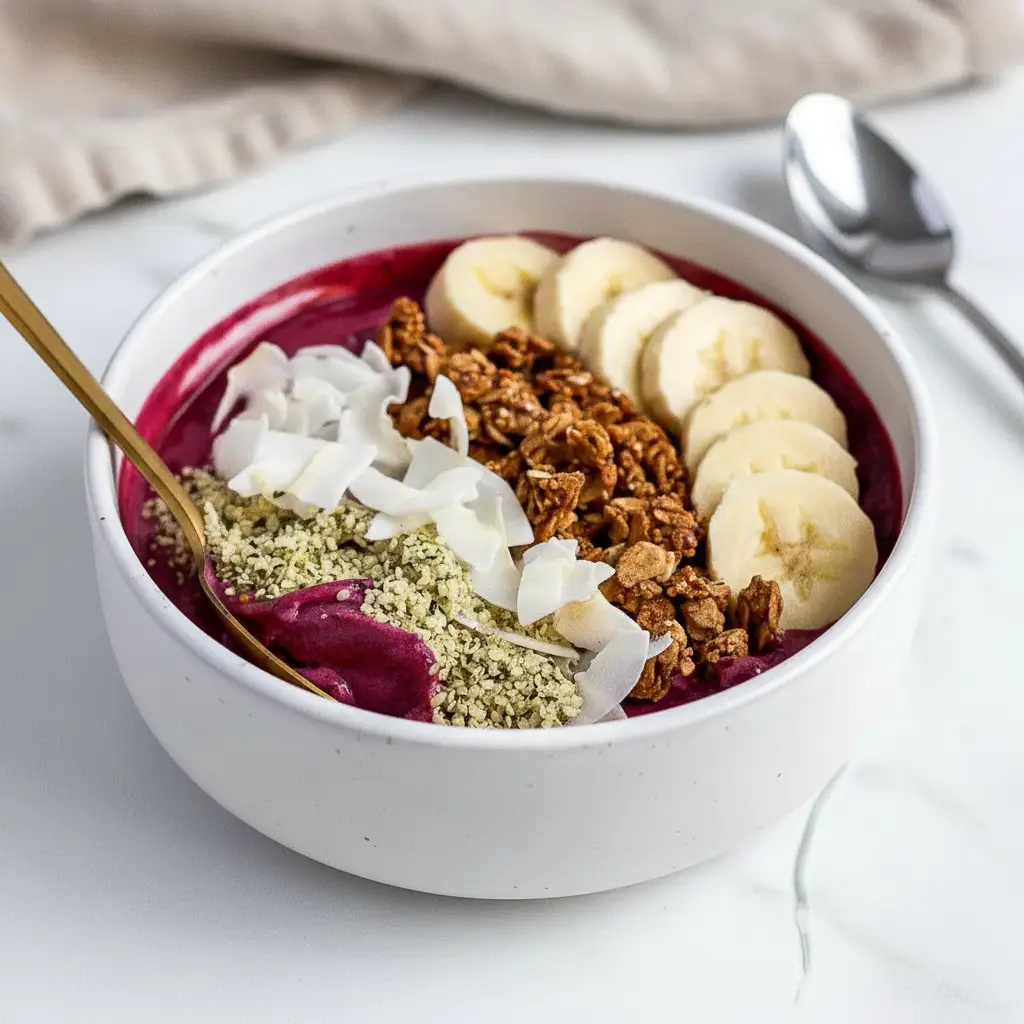
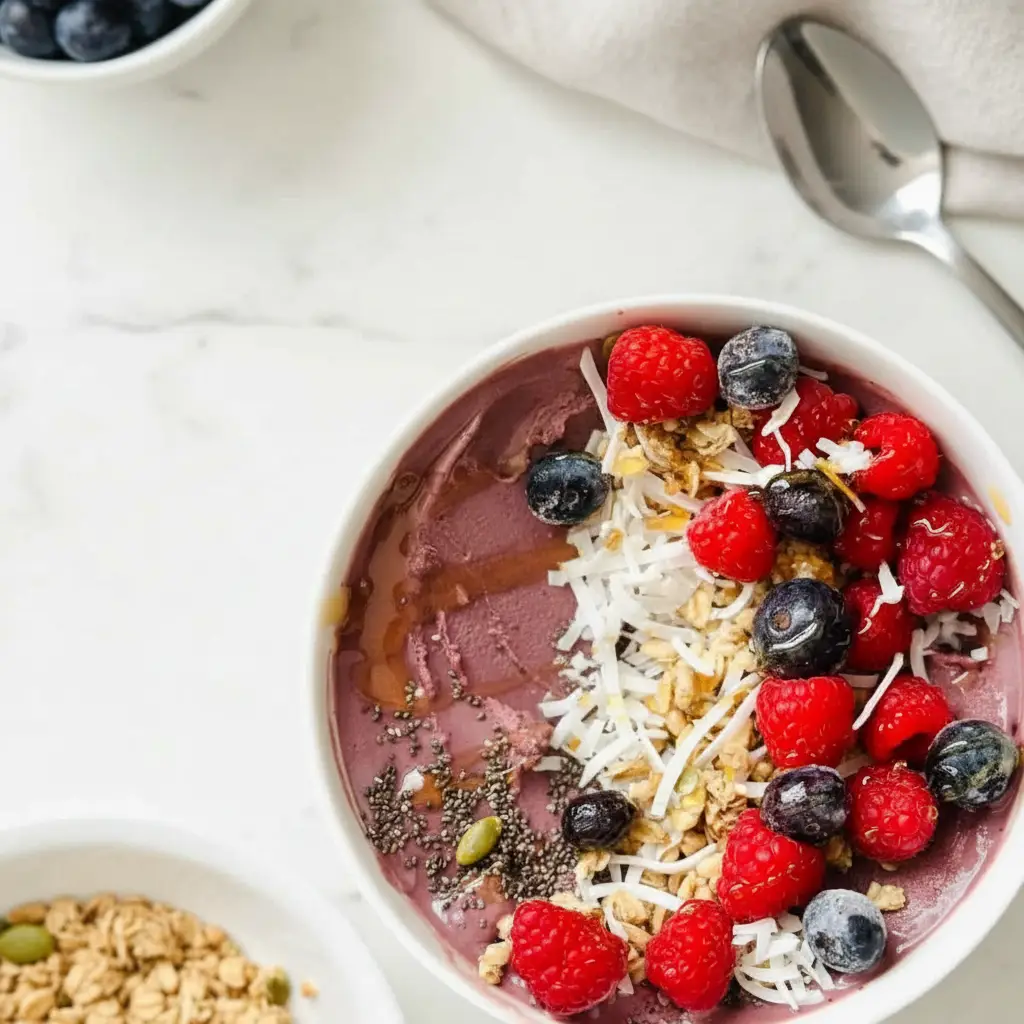

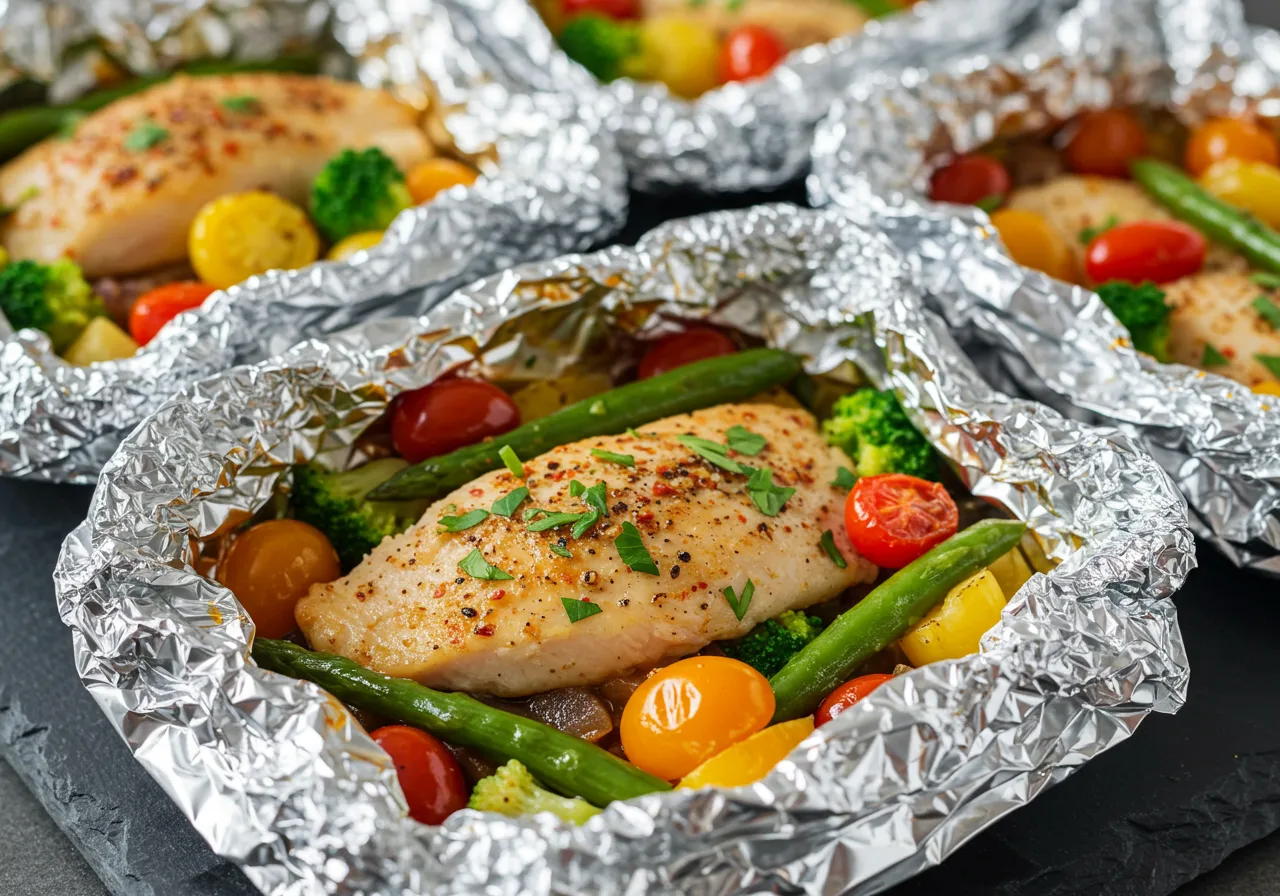
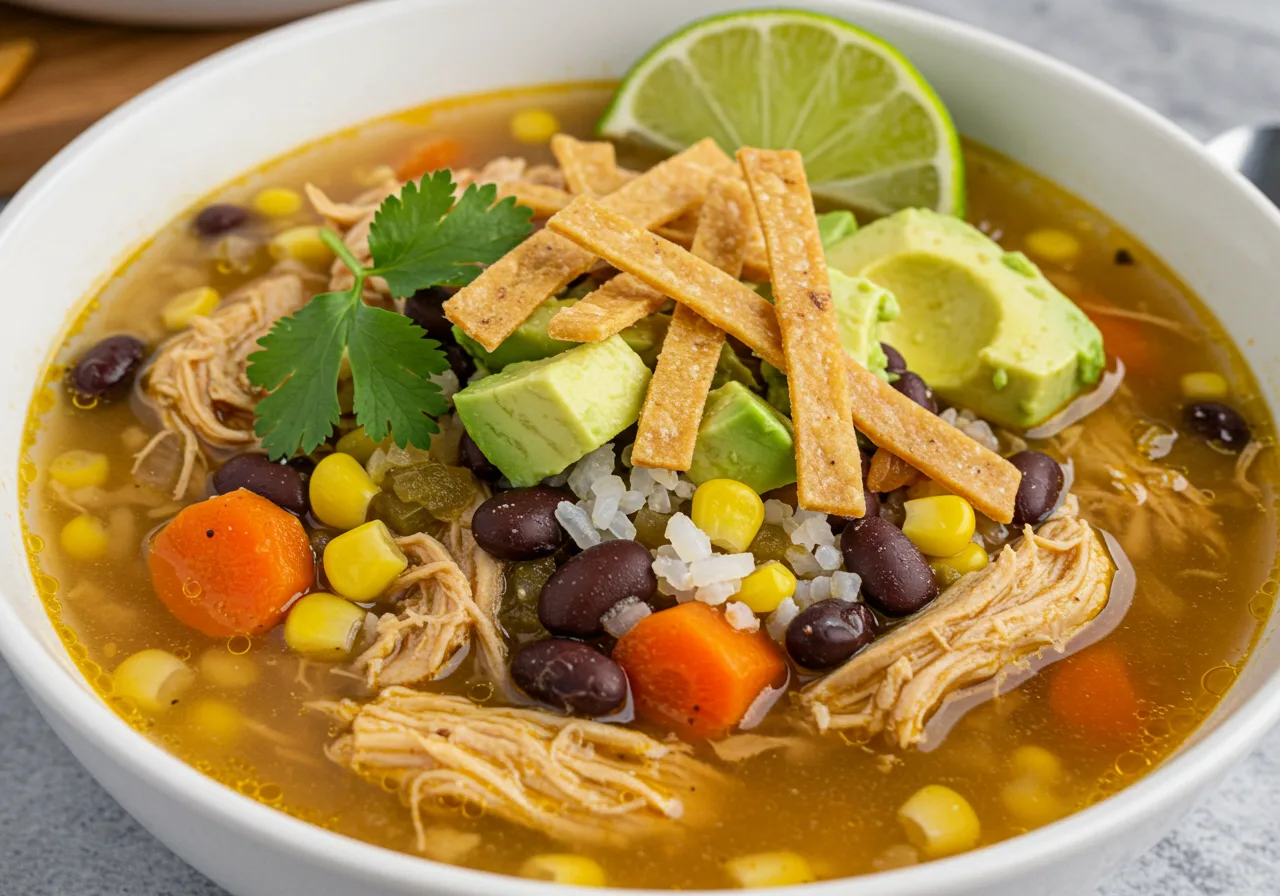

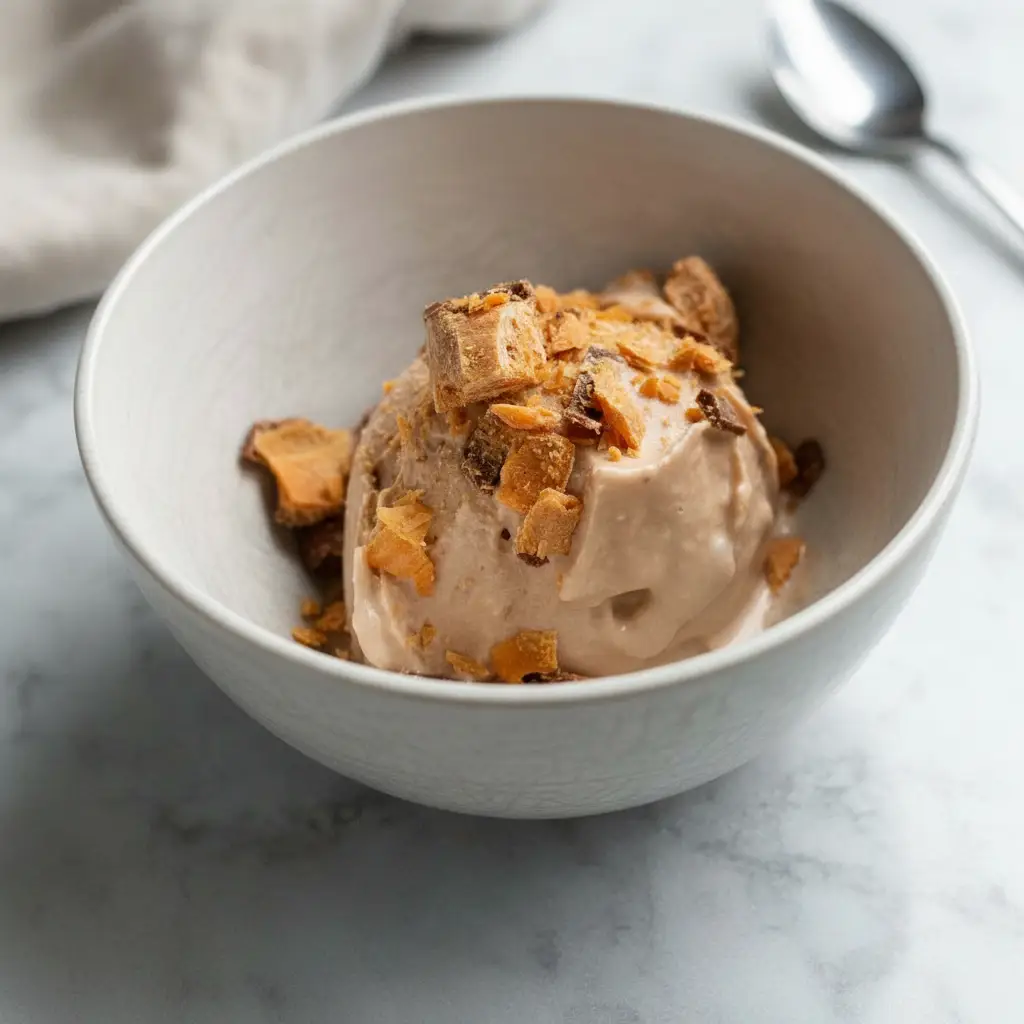
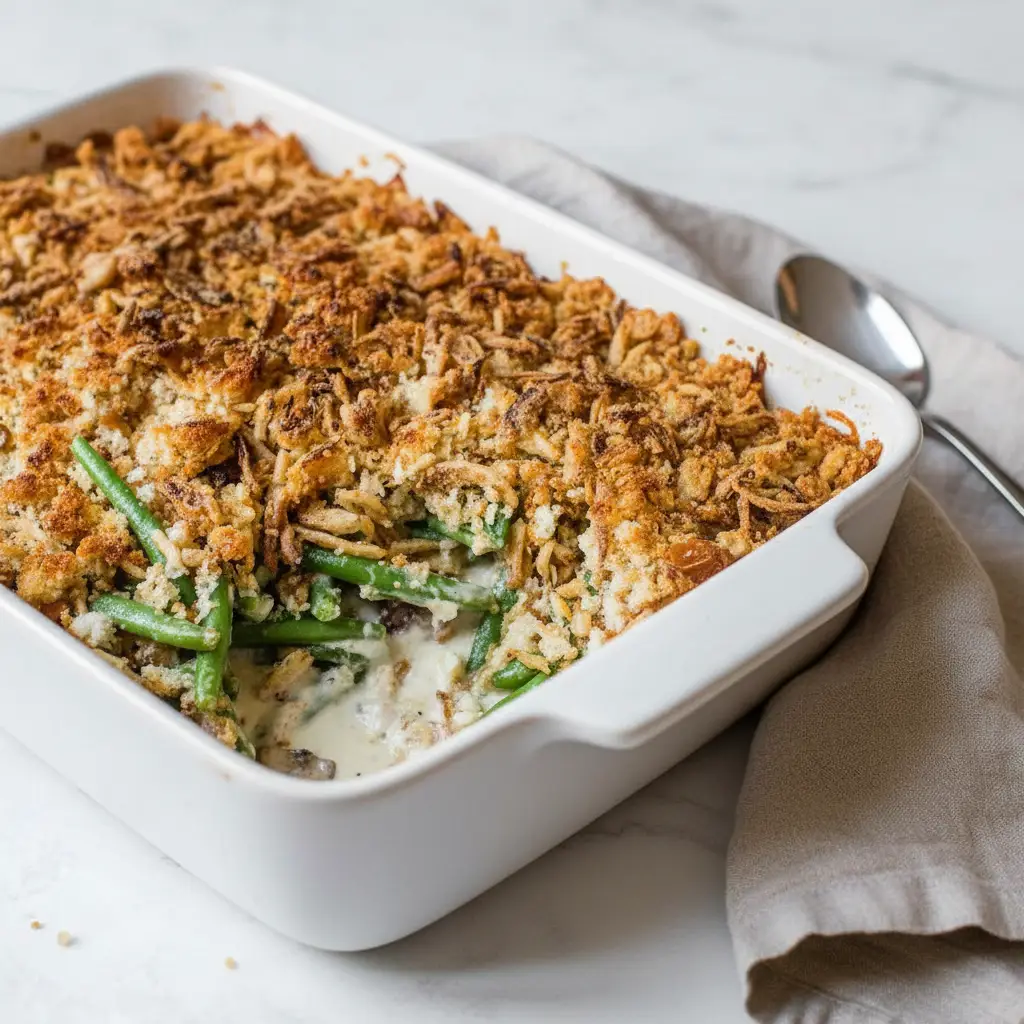
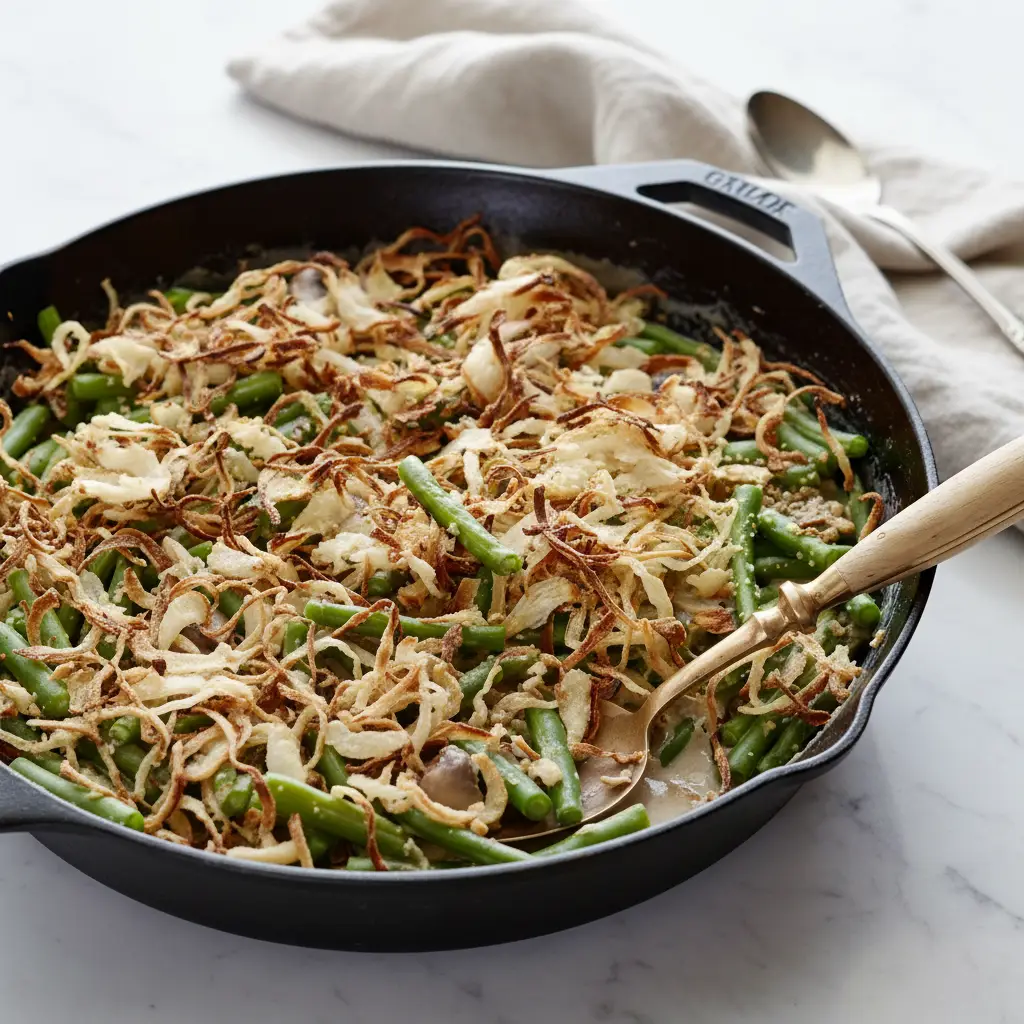
1 thought on “Easy Chinese Squash Recipes Kabocha Vegan: Quick & Simple”